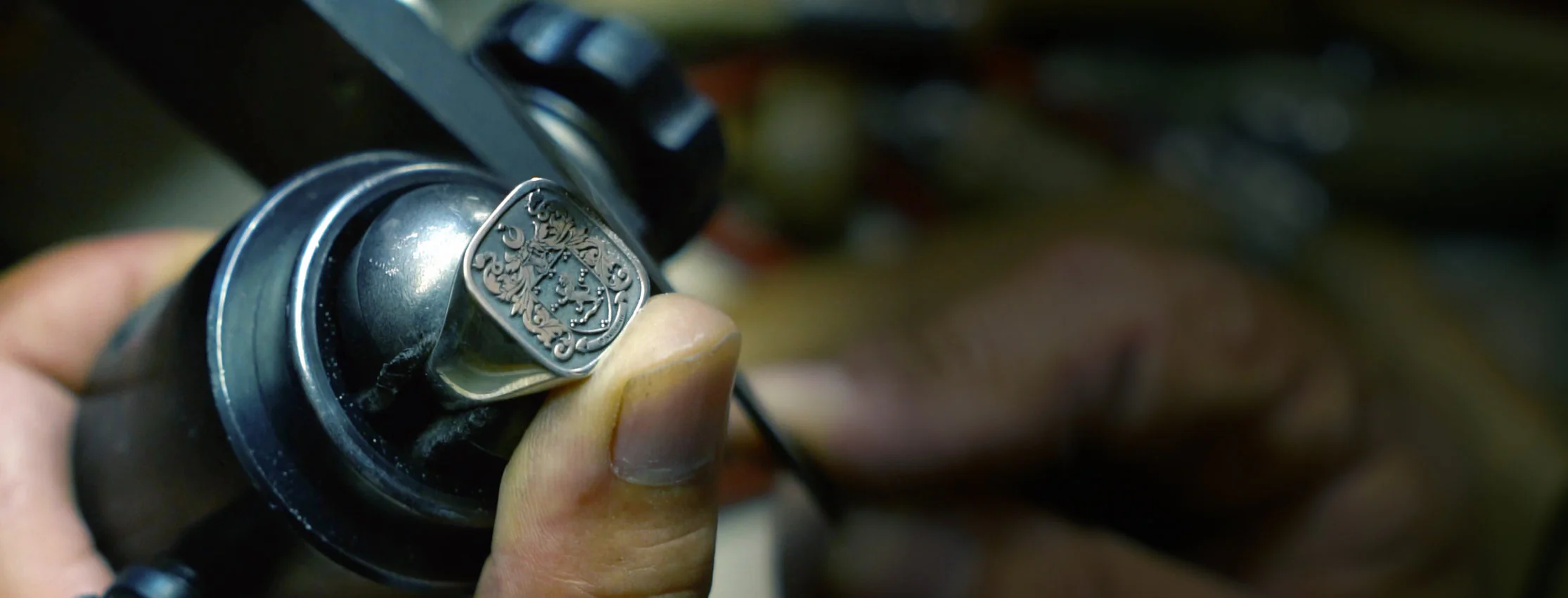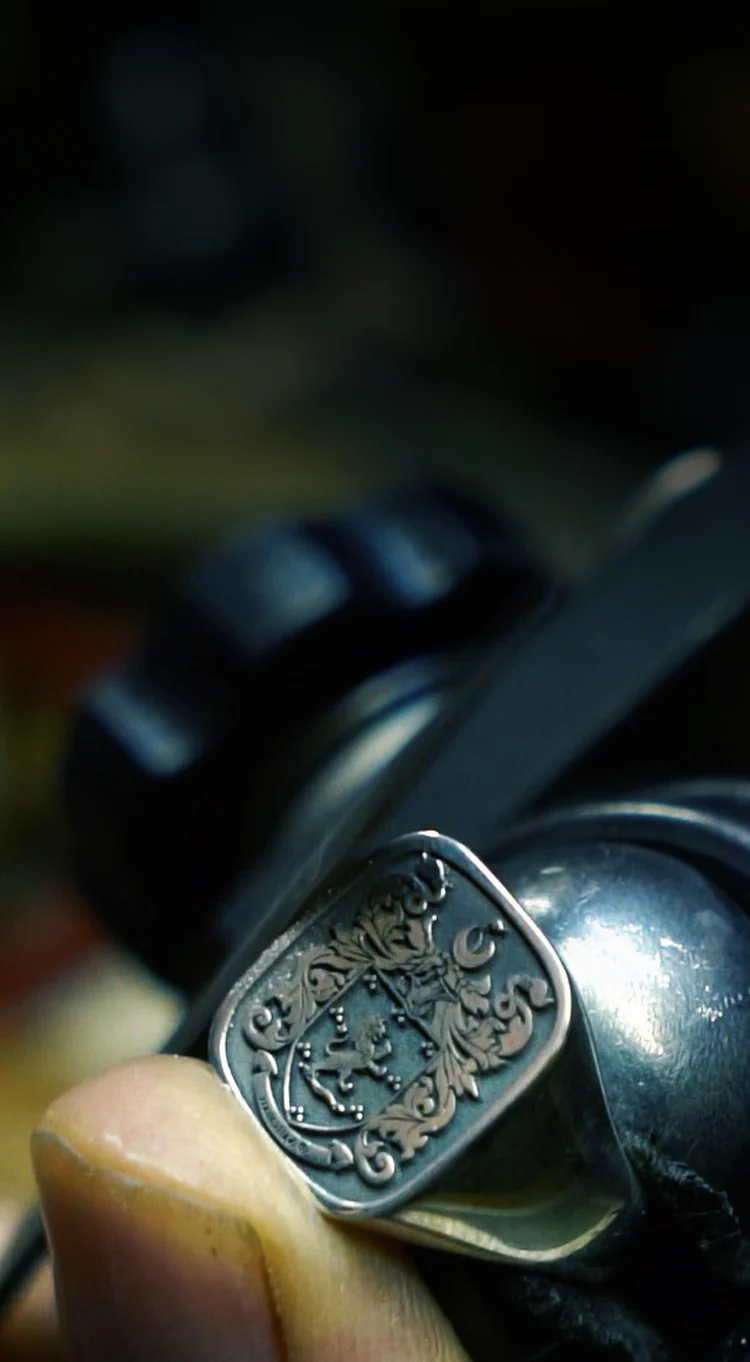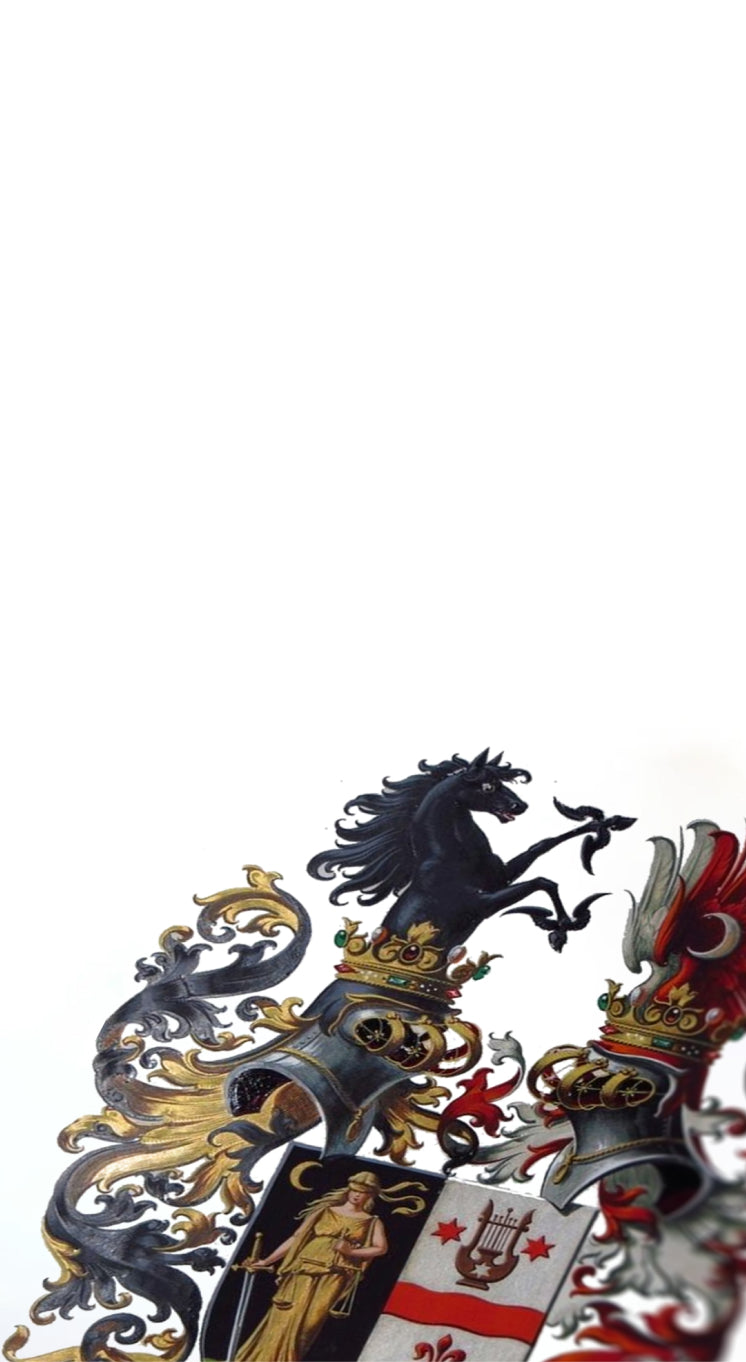The Medieval Church part 2
While bishops and priests worked among the people, guiding them toward God, another group chose a more secluded path. These men built monasteries, dedicating their lives to prayer, work, and worship.


While bishops and priests worked among the people, guiding them toward God, another group chose a more secluded path. These men built monasteries, dedicating their lives to prayer, work, and worship.

COAT OF ARMS OF THE PRINCIPALITIES OF EUROPE Arms of the United Kingdom admirably illustrates the way in which National Arms can reflect territorial representation in addition to showing the effects of changes both in dynasty and regime. The Royal Arms of Sweden illustrate the subject in an even clearer...
COAT OF ARMS OF THE PRINCIPALITIES OF EUROPE Arms of the United Kingdom admirably illustrates the way in which National Arms can reflect territorial representation in addition to showing the effects of changes both in dynasty and regime. The Royal Arms of Sweden illustrate the subject in an even clearer...



